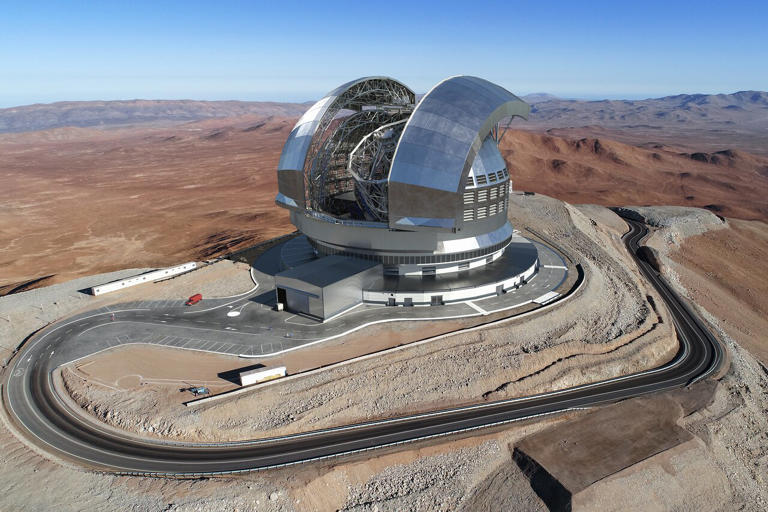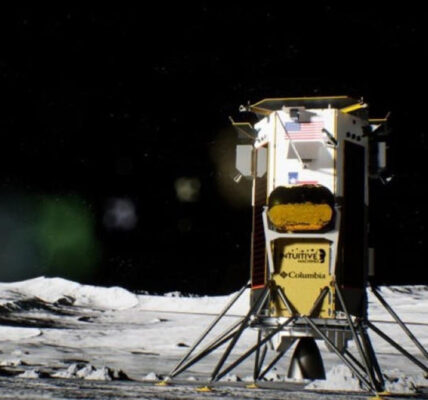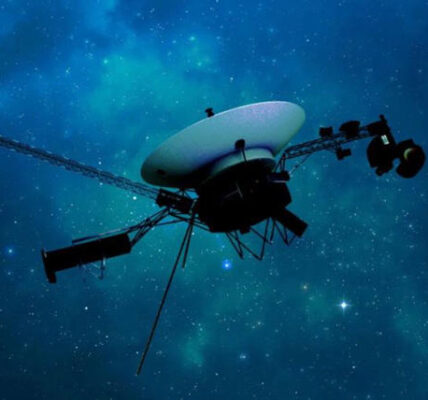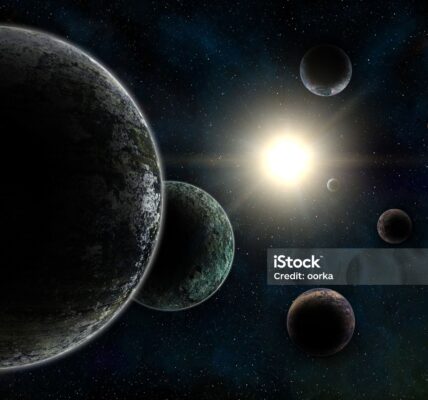Magnetic Vortex: A New Twist on How Black Holes Feast
Forget everything you thought about black holes! A new discovery reveals a magnetic vortex that might be the key to understanding how these cosmic giants gobble up matter.
Black holes have long been shrouded in mystery. We know they possess immense gravity, pulling in anything that gets too close. But here’s the twist: black holes also have powerful magnetic fields. These fields can actually fling matter outwards, acting against the pull of gravity. This creates a bit of a conundrum – how do black holes, with all this outward pushback, manage to grow into the supermassive monsters we see in galaxies?
Enter the magnetic vortex. A recent study has shed light on a fascinating discovery – a swirling magnetic vortex found encircling a supermassive black hole in a distant galaxy. This vortex seems to be playing a crucial role in how the black hole feeds.
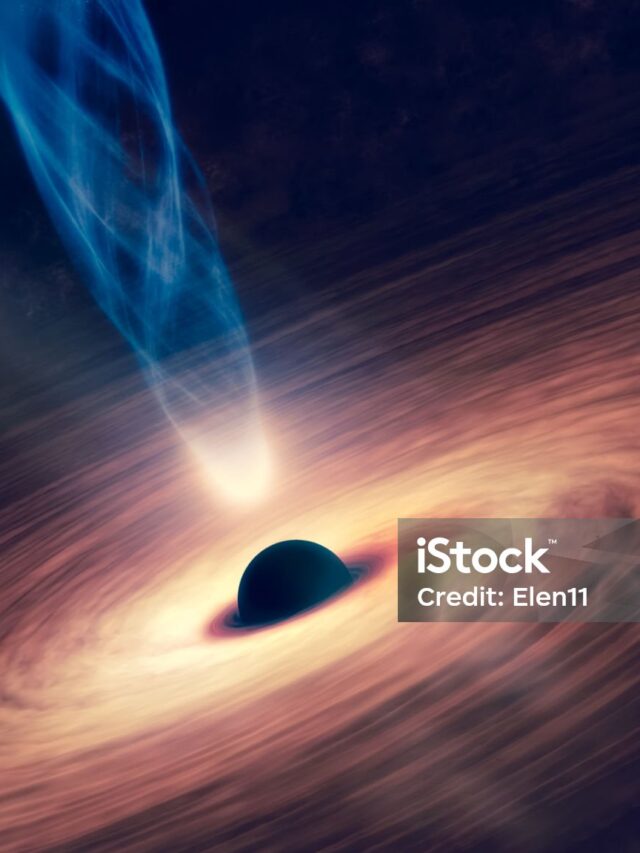
© M.D. Gorski/Aaron Geller/Northwestern University/CIERA.
Unveiling the Black Hole Balancing Act
Imagine a swirling disk of gas and dust swirling around a black hole. This is called an accretion disk, and it’s where the real black hole feeding frenzy happens. But here’s the catch – the black hole’s intense magnetic field isn’t just sitting there. It interacts with the particles in the accretion disk, lifting some of them out and pushing them away in a focused jet. The disk itself also gets super hot, radiating intensely and creating an outward push of radiation.
This outward pushback seems to contradict the whole “black holes eating everything” idea. So how do black holes grow so massive?
The Game-Changing Discovery: The Magnetic Vortex
This is where the newly discovered magnetic vortex comes in. Unlike the typical radial outflows expected from black holes, this vortex has a twist – it’s rotating! This rotating wind behaves differently from the usual suspects.
Researchers observed the vortex using the Atacama Large Millimeter/submillimeter Array (ALMA) in Chile. They were able to detect the motion of gas carried by the vortex using a phenomenon called the Doppler effect. By studying the submillimeter radio emission from hydrogen cyanide gas, they found the gas wasn’t just being pushed outwards, it was swirling in a rotating pattern.
How the Vortex Fuels the Feast
So how does this swirling vortex help the black hole feed? It all comes down to a clever trick – stealing angular momentum.
Think of the accretion disk like a merry-go-round. The faster it spins, the harder it is for things to fall inwards. The rotating magnetic vortex, as it whips around, steals some of this rotational energy from the disk, slowing it down. Here’s the key part: a slower-spinning disk allows more matter to fall into the black hole because the inward pull of gravity becomes more dominant.
This discovery suggests that the magnetic vortex might be the missing piece in the puzzle of how supermassive black holes become giants. By regulating the speed of the accretion disk and allowing more matter to fall in, the vortex could be the key to fueling active galactic nuclei (AGN) – galaxies with super bright cores powered by feasting black holes.
A Universe of Questions: What’s Next for Magnetic Vortices?
This discovery is exciting because it opens up a whole new avenue for understanding black hole feeding. But there’s still a lot we don’t know. Researchers are now looking to answer some key questions:
- How common are these magnetic vortices? Are they present around all supermassive black holes?
- Is this a temporary stage that black holes go through, or is it a long-term feeding mechanism?
- What happens after the vortex helps a black hole grow? Are there other factors at play?
By delving deeper into these questions, scientists can paint a clearer picture of how black holes evolve and interact with their surroundings. The universe is full of surprises, and the magnetic vortex might just be the latest twist in the ever-unfolding story of black holes.
ALSO READ:
“Europa’s Subsurface Activity: 5 Mind-Blowing Discoveries You Won’t Believe!”

